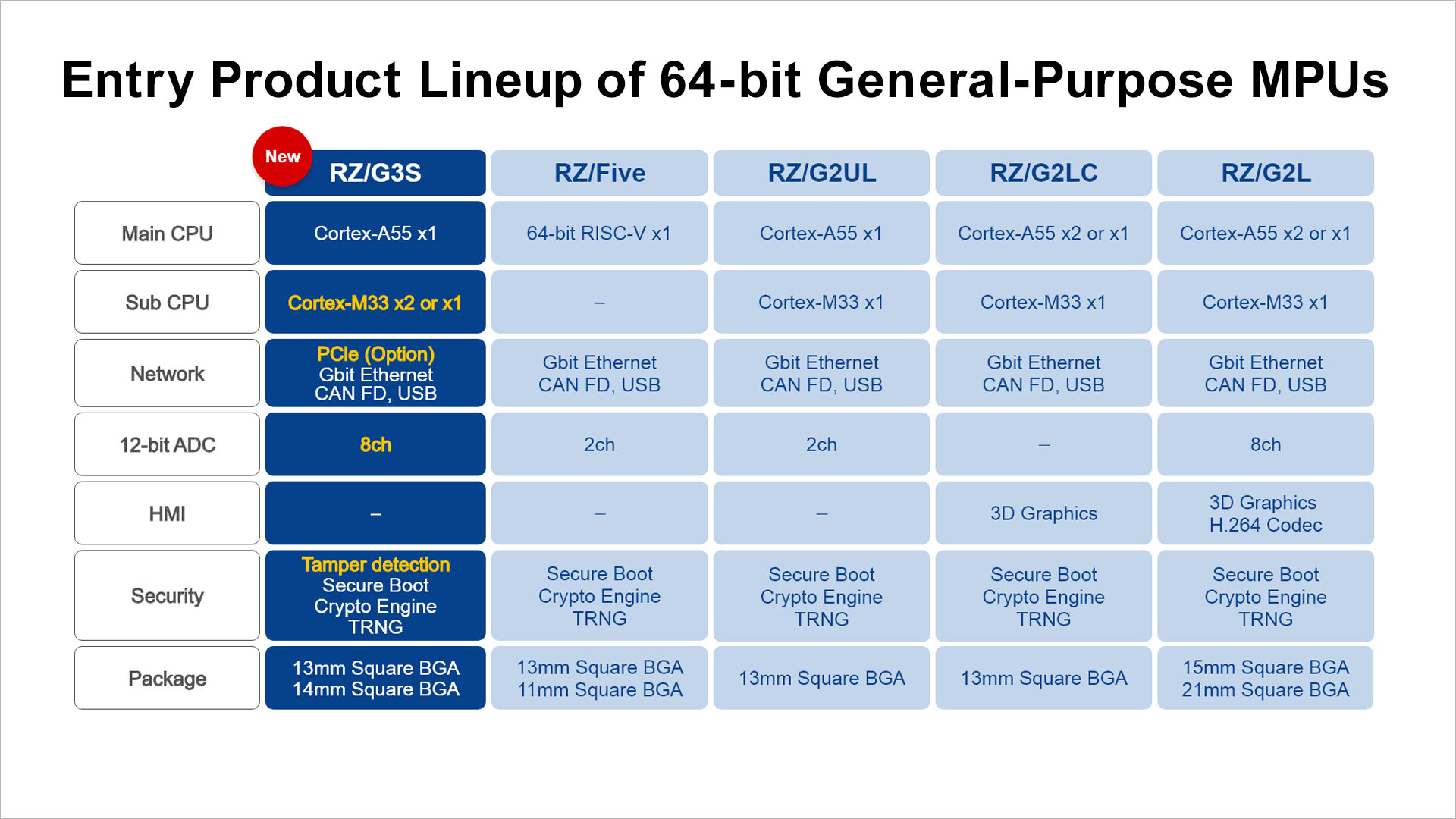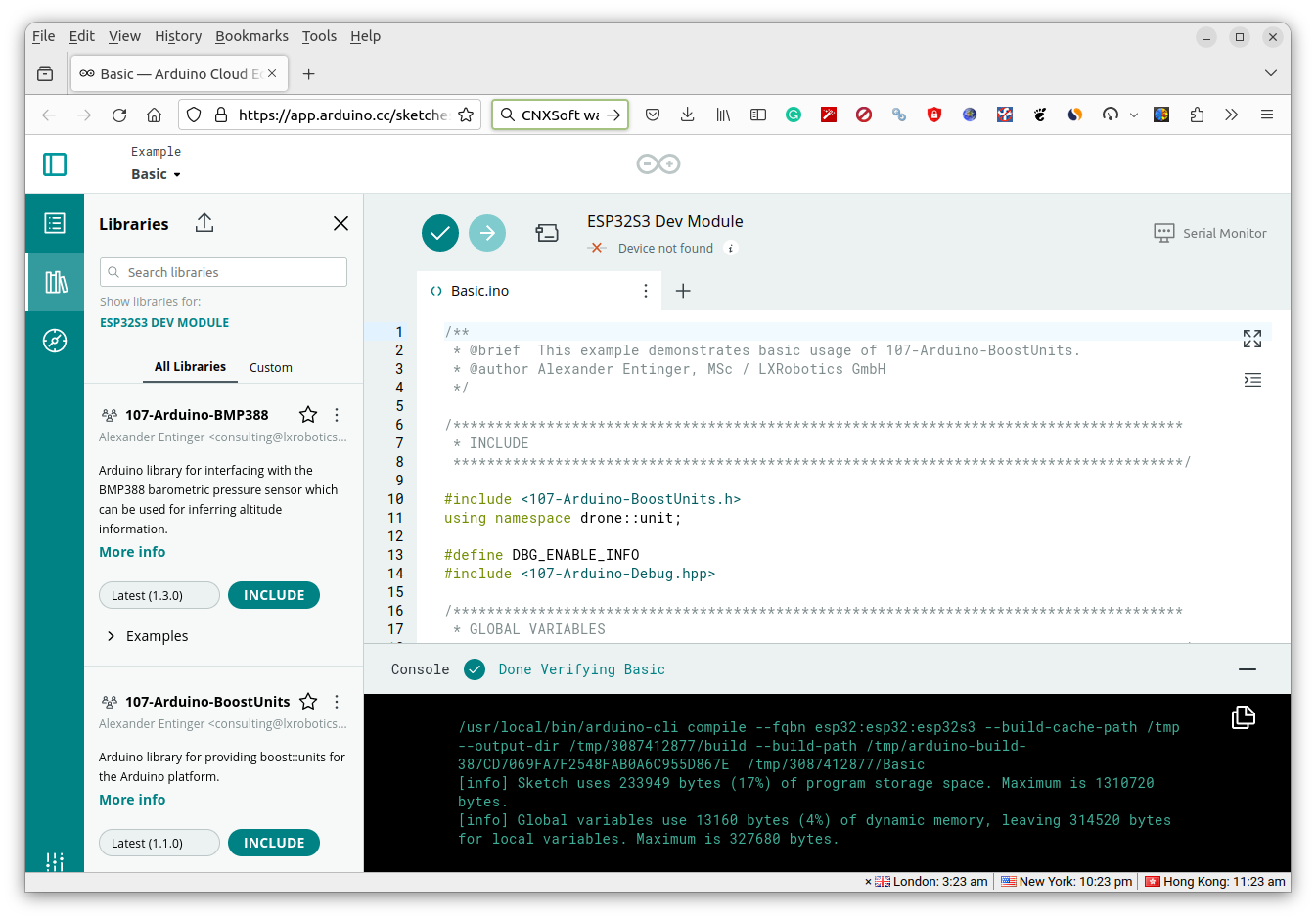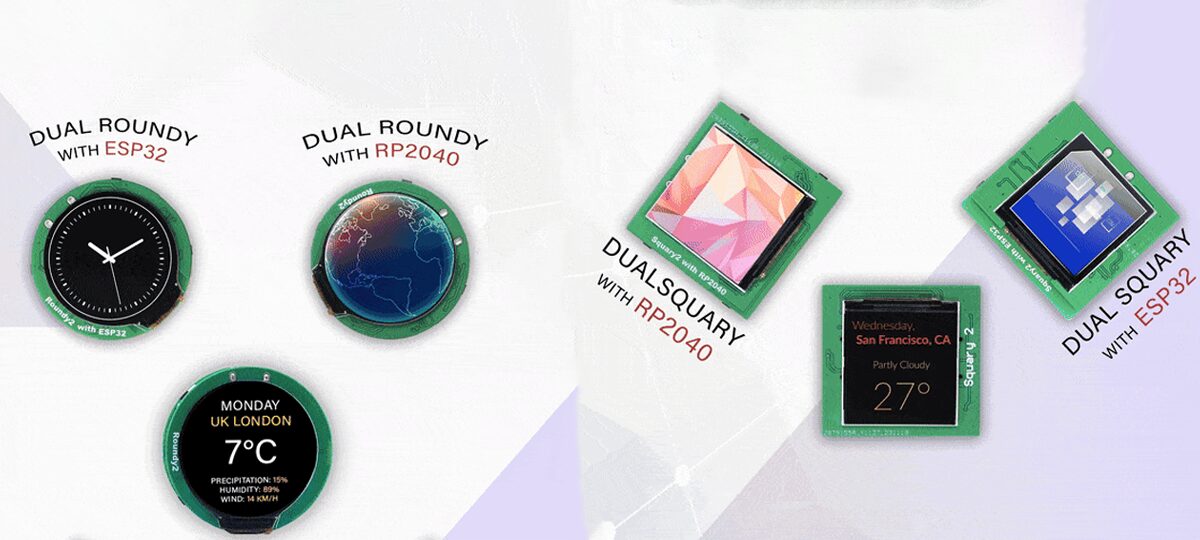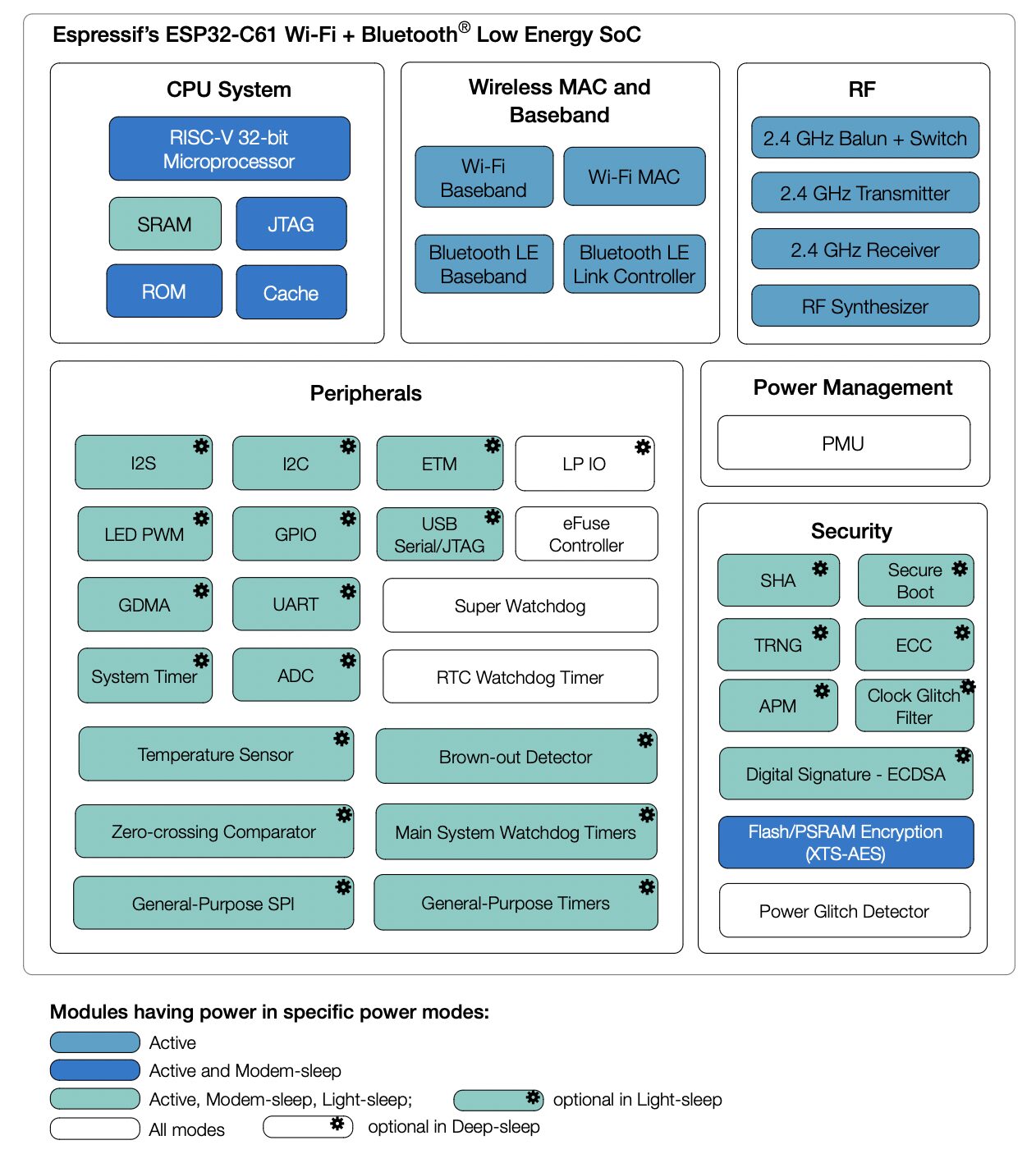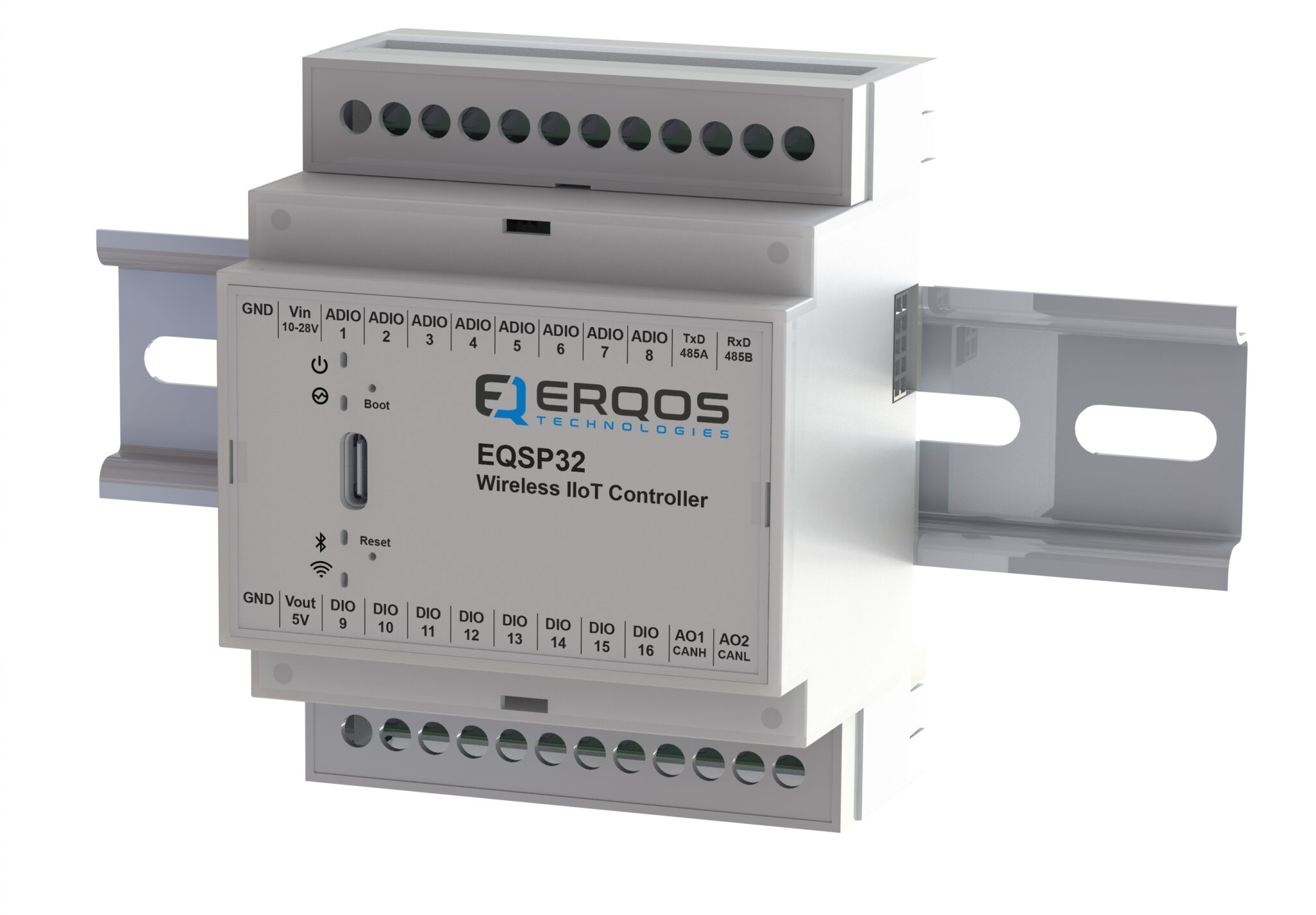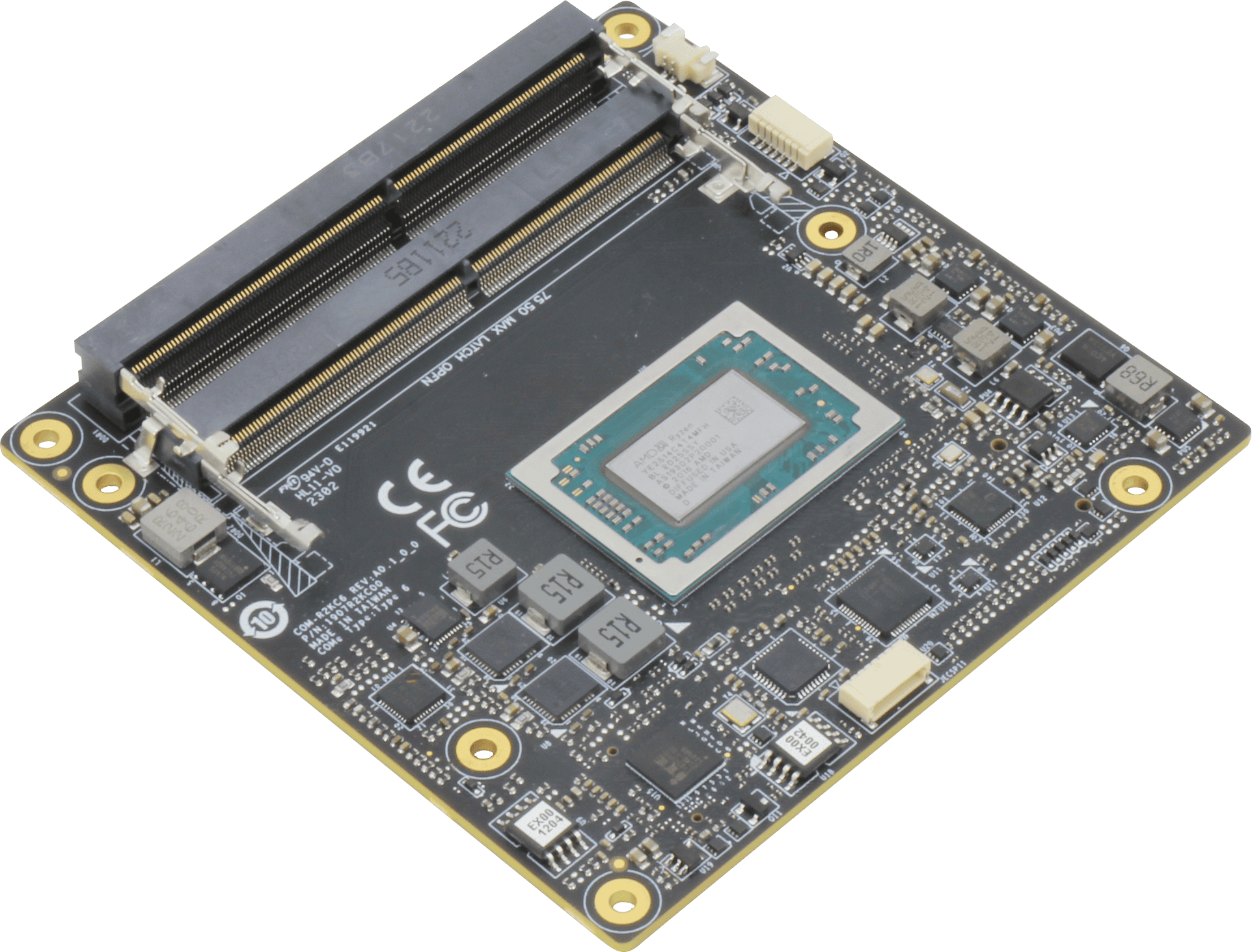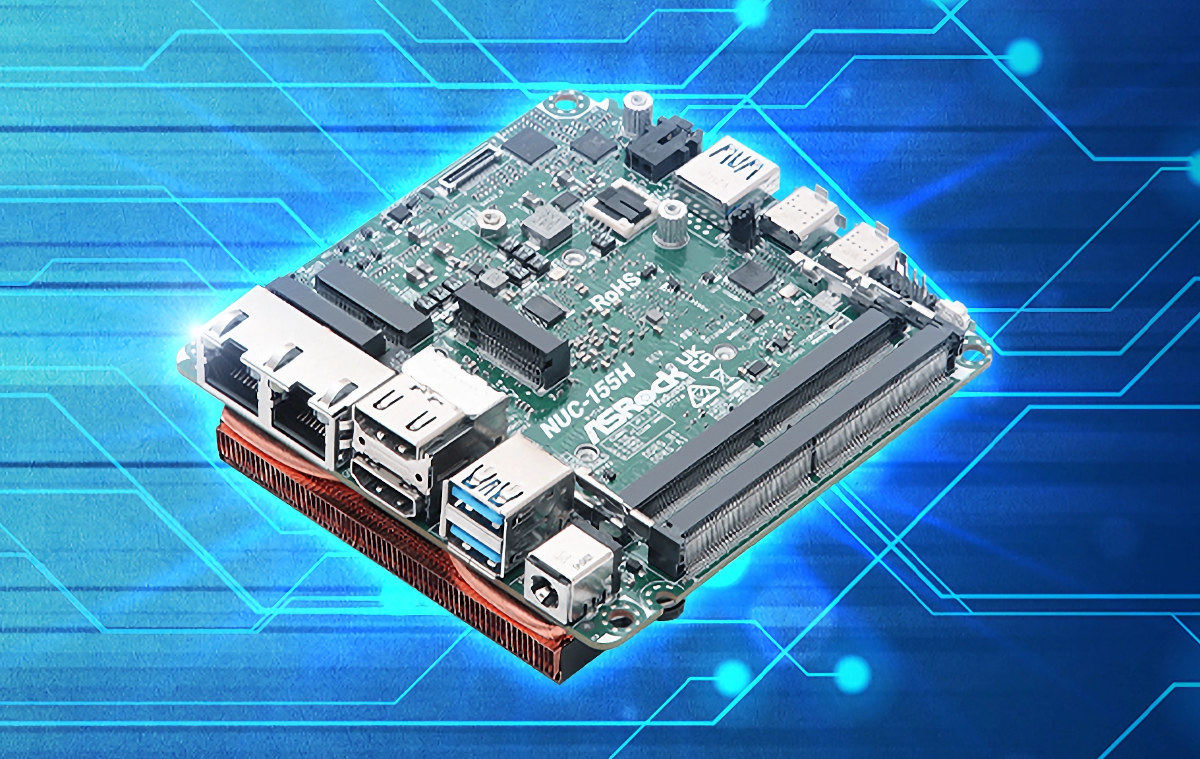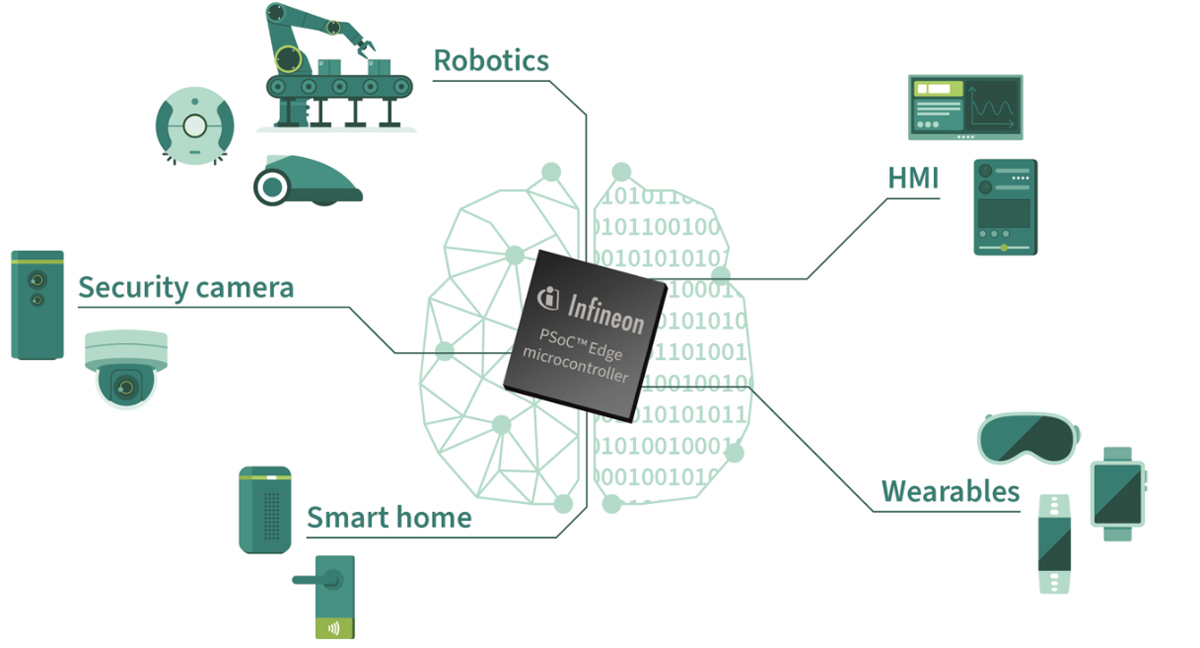Renesas RZ/G3S 64-bit Arm Cortex-A55 microprocessor (MPU) designed for IoT edge and gateway devices consumes as little as 10µW in standby mode thanks to its Cortex-M33 core(s) and features a PCIe interface for high-speed data transfers with 5G wireless modules. A single-core ARM Cortex-A55 CPU powers the RZ/G3s and can distribute workloads to two sub-CPUs, boosting efficiency in task handling and resulting in fewer components and a smaller system size. The Cortex-A55 core operates at 1.1GHz and is designed to improve power efficiency and performance over its predecessor, the Cortex-A53. The RZ/G3S isn’t Renasas’ first Cortex-A55 product as they have previously released the RZ/A3UL and the RZ/G2L, both powered by the same Cortex-A55 CPU. Additionally, Renesas launched the 64-bit RISC-V RZ/Five processor late last year. The RZ/G3S boasts high-speed interfaces such as PCIe and GbE, a better standby mode, and improved security features which make it suitable for IoT applications […]
Arduino Cloud Editor update brings the classic Arduino IDE experience to your web browser
Arduino has updated the Arduino Cloud Editor – which started as Arduino Create several years ago – to bring the web-based code editor closer to the appearance and functionalities of the “classic” Arduino 2.0 IDE. Arduino says the Cloud Editor simplifies the getting started process without having to go through the setups or maintenance required by the Arduino IDE installed on your computer and you can access your sketches easily from the cloud wherever you are. Considering the Arduino Cloud Editor has been around for a few years what has changed exactly? First, the Cloud Editor and the Arduino IDE now have a unified design (sort of), although the way the company frames it is a bit abstract: Traditionally, Arduino Cloud had two separate editors: an embedded simple one and the full editor. Users have long awaited a unified editor that gets the best of each one. The new Cloud […]
SB’s Dual Roundy and Squary Displays are powered by RP2040 or ESP32-S3 microcontrollers (Crowdfunding)
SB-Components has launched Dual Roundy and Dual Squary display modules powered by Raspberry Pi RP2040 or ESP32-S3 microcontrollers. These compact modules feature a 6-DoF IMU, interchangeable displays, and multiple storage and connectivity options. The Dual Roundy is equipped with two 1.28-inch round displays, with a 240 x 240 resolution, and uses the GC9A01 display driver IC. In contrast, the Dual Squary features two 1.54-inch square displays with a 240 x 240 resolution but utilizes the ST7789 display driver. Both displays offer a choice between a Raspberry Pi RP2040 MCU and the ESP32-S3-WROOM-1 module catering to different needs in performance and wireless capabilities. We’ve previously explored other rounded displays like the MaTouch ESP32-S3, T-RGB ESP32-S3, and ESP32-S3 Round SPI TFT. We’ve also examined other products from SB Components such as the Cluster HAT, PiMecha, PiTalk 3G HAT, and Micro RP2040. Feel free to check these out for more interesting tech insights. […]
Espressif announces the ESP32-C61 WiFi 6 SoC with improved affordability and wireless connectivity
Espressif has announced the ESP32-C61 SoC, a new ESP32-Cx chip with improved wireless connectivity, and expanded memory options. The ESP32-C61 builds upon the foundation laid by previous ESP32-Cx chips, such as the ESP32-C2 and ESP-C3, and its specifications appear to be quite similar to the ESP32-C6 launched in early 2023, but this SoC also adds support for the BLE Mesh 1.1 protocol and Quad SPI PSRAM at a frequency of up to 120MHz. It supports WiFi 6 on two modes (802.11ax and 802.11b/g/n) and includes a Bluetooth 5 (LE) radio with support for long-range operation through advertisement extension and coded PHY. The TWT (Target Wake Time) feature is supported in 802.11ax mode to save power, as well as OFDMA (Uplink/Downlink) and MU-MIMO (Downlink) for a high-quality, low-latency connection between devices. ESP32-C61 specifications: CPU – Single-core, 32-bit RISC-V microcontroller that can be clocked up to 160MHz Memory: 320KB on-chip SRAM 256KB […]
The EQSP32 is a no-code, no-solder Industrial Internet of Things Controller powered by a generative AI assistant (Crowdfunding)
The EQSP32 controller is a complete, end-to-end solution for IoT applications that recently launched on Kickstarter. It is a compact, wireless Industrial IoT controller based on the ESP32-S3 wireless SoC with a 250MHz dual-core processor, 512KB of RAM, and 8MB of flash memory. The product leverages artificial intelligence and code for automation projects can be generated automatically by the bundled generative AI programming assistant. The EQSP32 controller features 16 terminals that can be configured as analog or digital inputs, or as digital outputs. Switches, pushbuttons, keypads, LED strips, sensors, servos, potentiometers, etc., can be connected to these terminals. It is similar to the EdgeBox-Edge-100 we covered a while back but lacks an Ethernet port and uses less power overall. EQSP32 specifications: SoC: Espressif Systems ESP32-S3 dual-core Tensilica LX7 microcontroller @ 240 MHz, 512KB RAM Memory – 8MB flash Network Connectivity: Bluetooth, WiFi USB – USB-C programming port I/O: 16 multipurpose […]
AAEON COM-R2KC6 – A COM Express Module featuring the AMD Ryzen Embedded R2000 Series
AAEON, a Taiwan-based hardware manufacturer, has released the COM-R2KC6, a new COM Express module in the Type 6 compact form factor. This computer-on-module board is the first COM Express module to feature AMD’s mid-range processor series, the Ryzen Embedded R2000 series. The R2KC6 will be sold with an R2000 CPU, with TDP ranging from 15W to 45W and up to 4 cores and 8 threads (4C/8T). The R2000 SoCs provide up to two times the I/O connectivity and CPU core count of their R-series predecessors. Relatedly, ADLINK recently announced a COM Express Type 7 module based on AMD’s Ryzen Embedded V3000 processor. The COM-R2KC6 supports four simultaneous 4K displays through an embedded DisplayPort (eDP) connector and three Digital Display Interface (DDI) connectors. This means the integrated AMD Radeon Vega 8 graphics card can be used to its maximum potential. Additional graphics support is available through the board’s PEG x4 slot. […]
ASRock Industrial NUC Ultra 100 Meteor Lake-H motherboards feature Core Ultra 5 125H and Core Ultra 7 155H processors
ASRock Industrial has just announced two NUC Ultra 100 motherboards powered by Intel Core Ultra Meteor Lake-H processors namely the Core Ultra 5 125H and Ultra 7 155H with up to 16 cores and 22 threads, and integrating Intel ARC Graphics and the new Intel NPU AI engine. As the name implies, the NUC Ultra 100 Motherboard Series are designed in NUC form factor, support up to 96GB dual-channel DDR5-5600 MHz memory, three storage interface, up to four 4K displays, and offer two 2.5GbE networking ports, one USB4/Thunderbolt, and four USB 3.2 Gen 2 ports. ASRock Industrial says those features make the motherboards suitable for smart retail, kiosks, digital signage, smart cities, embedded industries, Edge AIoT applications, etc… NUC Ultra 100 motherboards specifications: Meteor Lake-H SoC (one or the other) Intel Core Ultra 7 T4 155H 16-core (6P+8E+2LPE) processor @ 1.4 / 4.8 GHz with 24MB cache, Intel 8Xe LPG […]
Infineon launches PSoC Edge Cortex-M55/M33 microcontrollers for enhanced AI and ML applications
Infineon’s new PSoC Edge series of microcontrollers integrates the Arm Cortex-M55 core with Helium DSP and the Ethos U55 NPU unit for advanced AI tasks. It also includes a power-efficient Arm Cortex-M33 core paired with an NNLite(DSP/NPU) for simpler AI tasks. This setup allows the device to be more efficient in varying load conditions. Infineon’s PSoC lineup is a configurable microcontroller powered by Arm Cortex-M4, Cortex-M3, or Cortex-M0+ cores. The main USP (Unique Selling Point) of this lineup is its configurable digital and analog components. This feature makes them somewhat similar to an FPGA, but an FPGA is far more difficult to program than these microcontrollers and they are also very power-hungry. The device is equipped with advanced HMI and “Always-on” capability. “Always-on” is a feature of this device to constantly monitors and responds to signals automatically, making it suitable for smart homes, security, wearables, robotics, and many more. Key […]


